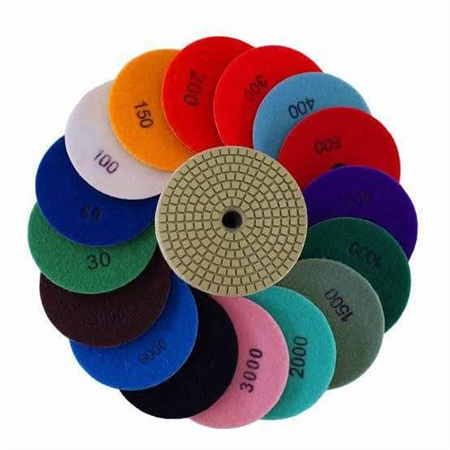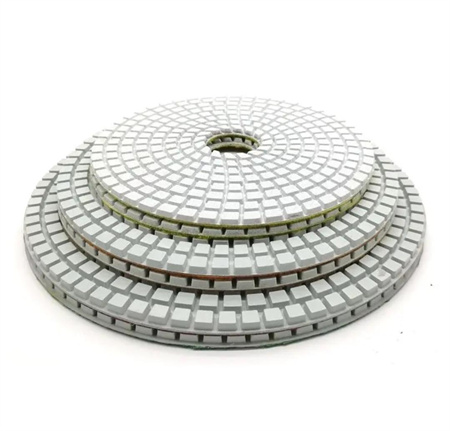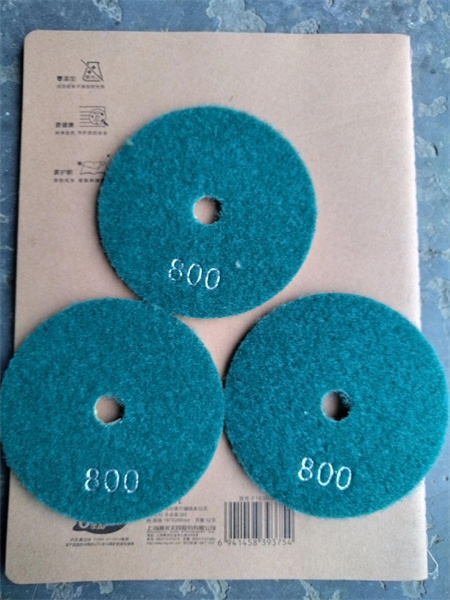Best Techniques for Polishing Natural Stone with Diamond Tools
Polishing natural stone is an art that brings out the full beauty of materials like marble, granite, and limestone. Whether you’re a professional stone fabricator or a DIY enthusiast, achieving a high-gloss finish can transform a simple stone surface into something stunning. One of the most effective ways to polish natural stone is by using diamond tools, which are known for their precision and durability. But like any skill, mastering the polishing process requires knowledge of the right techniques, tools, and materials. Let’s dive into some of the best methods for achieving a flawless stone finish with diamond tools.
Natural stone surfaces often come with a rough texture straight from the quarry, requiring careful treatment to smooth them out. Diamond polishing pads are among the best tools for the job because of their efficiency and ability to cut through even the toughest stone materials. The key to achieving a perfect finish lies in using the right grit sequence and working with the stone’s natural properties.

Once the stone is clean and prepped, the actual polishing begins. Diamond polishing pads come in different grits, ranging from coarse to fine. The sequence of grits used is crucial for achieving a smooth, glossy finish. Start with a low grit pad, typically around 50 to 100 grit, to remove any roughness or scratches on the surface. This step is essential because it creates a uniform texture for the finer pads to work with.
The next step involves using a medium grit pad, typically in the range of 200 to 400 grit, to further refine the surface. As the grit increases, the stone begins to take on a smoother and more uniform appearance. It’s important to be patient during this phase, as rushing through it can result in uneven surfaces that will be difficult to polish later on. You should apply consistent pressure while moving the pad in a circular or overlapping motion across the stone surface.
After the medium grit pads have done their job, it’s time to move on to finer grits—800, 1500, or even 3000 grit, depending on the desired shine. These finer pads work by gradually smoothing out the surface, removing any tiny scratches or imperfections left by the coarser pads. As you progress through these finer grits, you’ll notice the stone’s luster beginning to emerge. The stone starts to shine and reflect light in a way that wasn’t possible with the coarser pads.
During this polishing process, using the right equipment is equally important as selecting the correct pads. Wet polishing is often recommended for stone surfaces, especially when working with harder materials like granite. Water acts as a coolant, preventing excessive heat buildup that could damage both the stone and the diamond pads. It also helps to reduce dust, which can create a mess and potentially harm your health.
The technique of wet polishing involves keeping the stone moist while working with the pads. This can be done by using a simple spray bottle to mist the surface or using a wet polishing machine that continuously feeds water onto the stone. The combination of water and diamond tools creates an ideal environment for achieving that smooth, glossy finish without excessive friction or heat.
Another critical tip for achieving the best results with diamond polishing tools is maintaining consistent motion and pressure. Too much pressure can result in uneven wear on the pads and can also create marks on the stone’s surface. On the other hand, too little pressure can prolong the polishing process and yield subpar results. Find a balance by applying light, even pressure while ensuring that the pads are always moving.

